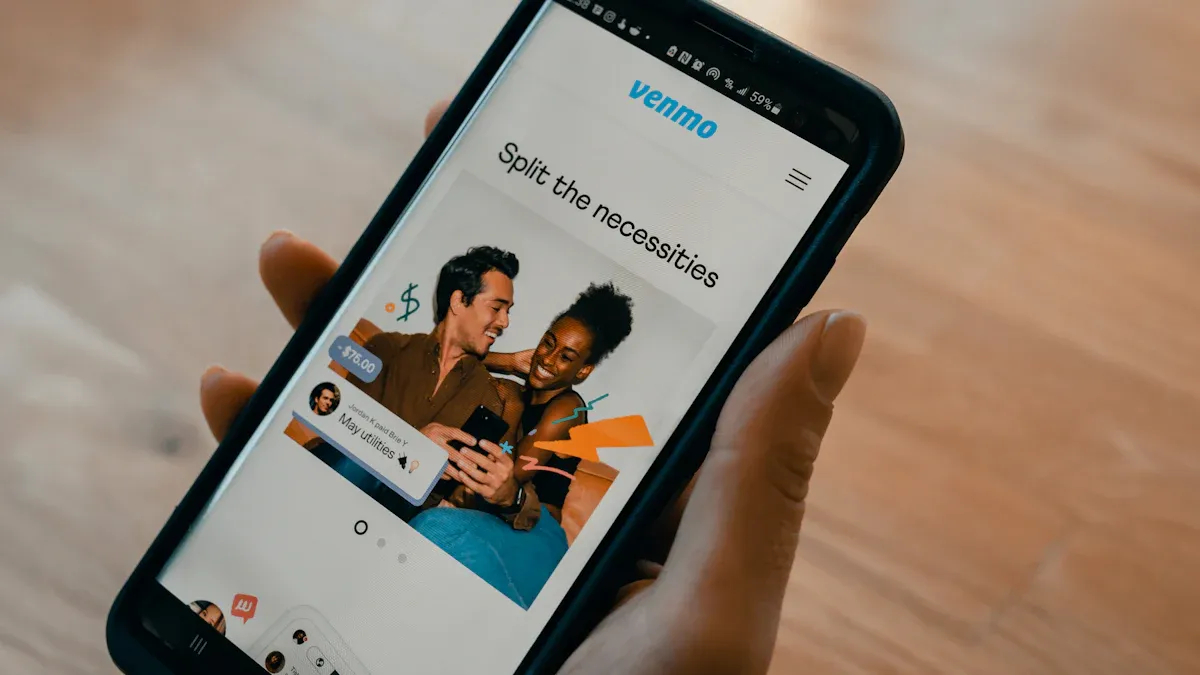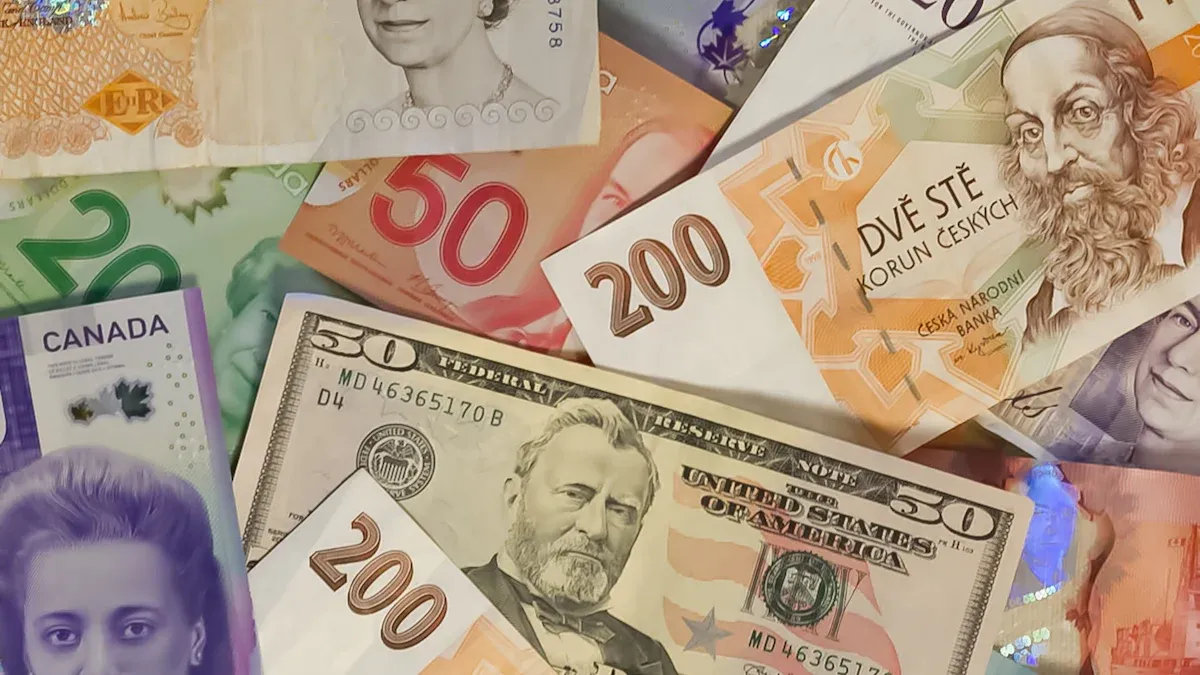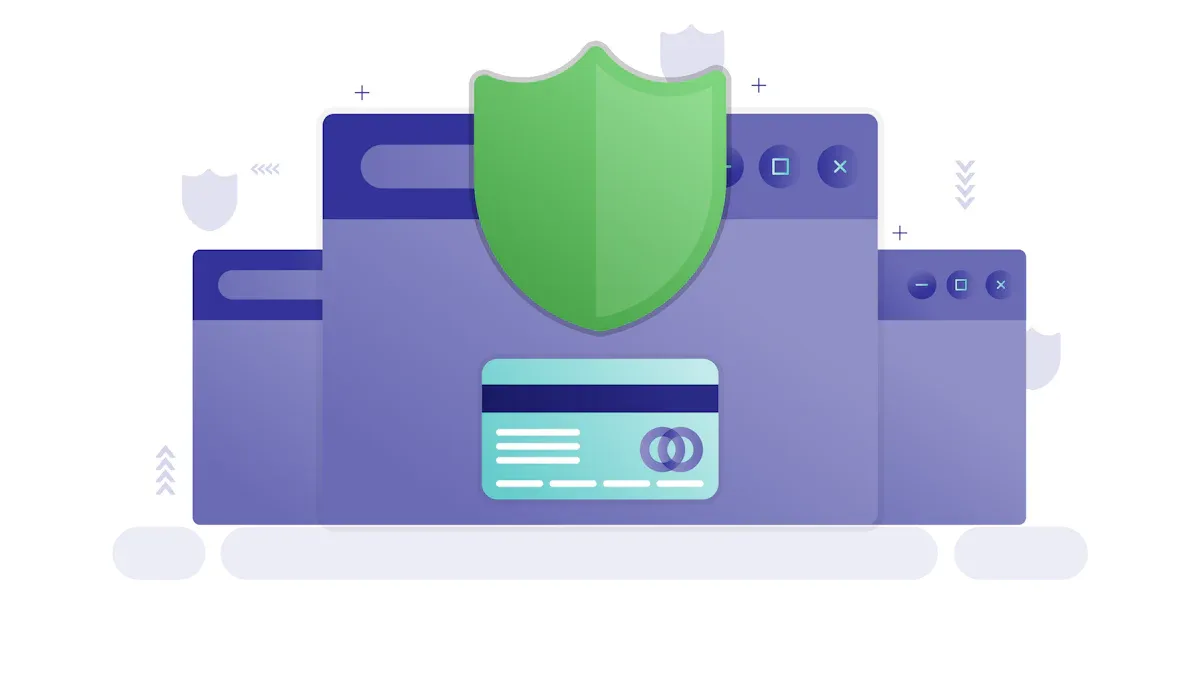- EasyCard
- Trade
- Help
- Announcement
- Academy
- SWIFT Code
- Iban Number
- Referral
- Customer Service
- Blog
- Creator
What is the remittance sending limit of Remitly? How to Make International Transfers Securely and Efficiently

Image Source: unsplash
When you first use Remitly, the transfer limit within 24 hours is typically $2,999. In the global wave of personal remittances, which reached $656 billion in 2023, understanding platform rules is crucial for you.
Note: This figure is not your final limit. Remitly’s sending limits are a tiered system. By completing identity verification, you can easily increase your limit to meet larger transfer needs.
Key Points
- Remitly’s sending limits are tiered, with new users starting at an initial limit.
- Users can submit identity documents to increase their sending limits.
- Choosing debit or credit card payments offers the fastest transfer speeds.
- Single transfers exceeding $1,000 are typically exempt from transaction fees.
- Users should track transfer status and check available limits in real time.
Understanding Remitly’s Tiered Sending Limit System

Image Source: unsplash
Remitly’s sending limits are not fixed. They adopt a flexible tiered system designed to balance security compliance with your personal transfer needs. Understanding this system allows you to plan your international transfers with ease.
Tier 1: Initial Limits for New Users
When you first register a Remitly account, you are automatically placed in the Tier 1 level. This level provides a basic sending limit sufficient for most daily small-amount transfer needs.
Your initial limits are typically set as follows:
| Time Period | Maximum Sending Amount |
|---|---|
| Within 24 Hours | $2,999 |
| Within 30 Days | $10,000 |
| Within 180 Days | $18,000 |
This limit is available without submitting additional identity information. For first-time users or those with occasional transfer needs, Tier 1 is very convenient.
Tier 2 & 3: Higher Limits After Verification
If your transfer needs exceed the initial limit, such as for paying tuition, making investments, or supporting significant family expenses, you can apply to upgrade to Tier 2 or Tier 3. After completing identity verification, your sending capacity will significantly increase. At these higher tiers, your 180-day sending limit can increase to up to $60,000.
Moreover, under specific conditions, Remitly allows for exceptionally large single transfers. For example, when sending from the U.S., a single transaction can reach up to $100,000. To achieve such large transfers, you typically need to meet the following conditions:
- Provide a valid government-issued photo ID and proof of address.
- Depending on requirements, you may need to submit supporting documents such as utility bills or bank statements.
- For fund security, Remitly may inquire about the purpose of your transfer or the source of funds.
Special Limits: Impact of Country and Payment Method
Please note that the figures mentioned above are a general standard. The final Remitly sending limit is dynamically influenced by multiple factors. These factors ensure compliance with international anti-money laundering (AML) regulations and transaction security.
For example, while Mexico has no strict limit on receiving amounts, transactions exceeding $10,000 may trigger additional reporting requirements. Therefore, the service provider adjusts limits based on the destination country’s financial regulations. Similarly, your chosen payment method (e.g., bank account, credit card, or debit card) also affects the amount you can send in a single transaction.
💡 Check Limits in Real Time
The most accurate limit information is always displayed in your Remitly app. When initiating a transfer, the system will calculate and display your available limit in real time based on your account tier, recipient country, and payment method. Therefore, we strongly recommend logging into the app to check before transferring.
Do not attempt to bypass limits by splitting transactions, as this may trigger account security alerts, potentially leading to transfer suspensions or account restrictions.
Guide to Increasing Your Sending Limit
When your transfer needs exceed the initial Tier 1 level, increasing your Remitly sending limit is a straightforward and necessary step. The core of this process is completing identity verification to prove your identity and the legitimacy of your funds. Below is a complete guide to follow.
Step-by-Step Process for Applying to Increase Limits
You can easily apply to increase your limit through Remitly’s mobile app or website. The process is designed to be user-friendly, and you just need to follow the instructions.
- Log into Your Account: First, log into your Remitly account.
- Find the “Increase Limits” Option: In the app or website menu, locate and click “Increase Limits” or a similar option.
- Select the Target Limit: The system will display the higher tiers available (e.g., Tier 2 or Tier 3) and their corresponding limits. Choose the tier that meets your needs.
- Submit Required Information and Documents: Follow the on-screen prompts to provide additional personal information and upload the necessary documents. Ensure the documents you upload are clear and complete.
- Wait for Review: After submitting your application, Remitly’s compliance team will review your documents. Simply wait for the review results.
List of Verification Documents Required for Increasing Limits
To successfully increase your limit, you need to prepare key documents. Remitly requires these documents to comply with international financial regulations, such as “Know Your Customer” (KYC) and anti-money laundering (AML) rules. This is both a legal requirement and a measure to protect your funds and prevent fraud.
Why Are These Documents Needed?
“Know Your Customer” (KYC) is a regulatory standard that global financial institutions must follow. In the U.S., this requirement is enforced through the Customer Identification Program (CIP) under the USA PATRIOT Act. It mandates that financial service providers like Remitly verify user identities to ensure the service is not used for illegal purposes.
Depending on the limit tier you’re applying for, you may need to provide some or all of the following documents:
- Proof of ID
- Valid government-issued photo ID, such as:
- Passport
- Driver’s license
- Other government-issued ID
- Valid government-issued photo ID, such as:
- Proof of Address
- Driver’s license showing your current address
- Recent bank statement
- Utility, internet, or phone service bill
- Current lease agreement or mortgage statement
- Insurance policy or premium bill
- School documents (e.g., enrollment documents or transcripts showing an address)
- Employment verification letter from an employer that includes your address
- Proof of Source of Funds
- Bank statement showing sufficient funds in your account
- Recent pay stub or paycheck
- Tax return
- Property sale agreement (if applicable)
- Loan disbursement documents (if you’re using borrowed funds for the transfer)
Review Timeline and Notes
After submitting all required documents, the review process will begin.
- Review Time: Typically, if you’re applying to upgrade to Tier 2, the document review process may take one to two business days. For higher tiers or more complex applications, the review may take slightly longer.
- Stay in Communication: During the review period, check your email. If Remitly needs additional information or clarification on your documents, they will contact you via email.
- Document Quality: Ensure you submit high-quality, unaltered document photos or scans. Any blurry, incomplete, or seemingly falsified documents will result in your application being rejected and may lead to account restrictions.
- Plan Ahead: If you anticipate needing to send large transfers in the future, apply for a limit increase early. Avoid waiting until the last moment to prevent delays due to the review process.
Once the limit increase is approved, you can enjoy greater flexibility to meet various large international transfer needs.
Practical Tips for Safe and Efficient Transfers

Image Source: unsplash
After understanding and increasing your sending limit, the next step is mastering practical tips to ensure every transfer is both safe and efficient. Following these suggestions will help you maximize the benefits of Remitly’s services.
Choosing Optimal Payment and Receipt Methods
Your chosen payment method directly impacts transfer speed and cost. Remitly offers different options to balance your needs.
- Prioritize Speed: If you want funds to arrive instantly, using a debit or credit card is the best choice. This typically corresponds to Remitly’s Express service.
- Prioritize Savings: If you’re not in a rush, transferring via a bank account (ACH) usually offers better exchange rates. This is a feature of the Economy service, which takes 3–5 business days but helps you save on costs.
Note: Your own bank may also charge additional fees for ACH transfers or debit card transactions. Check your bank’s fee policy before choosing.
Real-Time Tracking of Transfers and Limits
Remitly provides robust tracking features to keep you informed about your funds and available limits.
First, you can easily track every transfer. After completing a transfer, you’ll receive a unique transaction reference number. By entering this number in the Remitly app or website, you can view the real-time status of your transfer, from “processing” to “available for pickup” to “delivered,” with full transparency.
Second, you should regularly check your available limits. You can do this by following these steps:
- Log into your Remitly account.
- Navigate to the “Sending Limits” section.
- The system will clearly display your remaining available limits for the 24-hour, 30-day, and 180-day periods.
Understanding Fee Structures and Promotions
Understanding Remitly’s fee structure and promotions can save you money. For transfers to popular countries like Mexico, India, and the Philippines, a fixed transaction fee, such as $3.99, is typically charged for transfers under $1,000.
Money-Saving Tip: No Fees for Transfers Over $1,000
This is a critical promotion. When your single transfer amount reaches or exceeds $1,000, Remitly typically waives the transfer fee. If you plan to send large transfers, leveraging this policy can significantly reduce costs.
Additionally, Remitly periodically offers new user rewards and referral bonuses. Before transferring, check the app notifications or official emails for any available discounts.
In summary, Remitly’s sending limits operate on a flexible tiered system, and the key to increasing limits lies in completing identity verification. By planning ahead, you can effectively utilize rules like the no-fee policy for transfers over $1,000 to achieve safe and cost-effective transfers.
For the best experience, proactively check and apply for the sending tier that best suits your transfer needs within the Remitly app.
FAQ
If my transfer is canceled, will it affect my limit?
No. If your transfer is canceled, the used limit is typically restored within a few hours. Your available limit will update automatically, allowing you to initiate a new transfer. This will not negatively impact your account tier or total limit.
Can I send money to the U.S. from other countries?
Remitly primarily supports transfers from specific countries (e.g., the U.S., Canada, the U.K.) to other countries. You cannot use it to send money from mainland China or most other countries to the U.S. Check the list of supported sending countries on Remitly’s website.
Is it safe to send large transfers with Remitly?
Yes, it’s safe. Remitly uses bank-level encryption to protect your data. Requiring proof of identity and source of funds is part of complying with financial regulations and ensuring the safety of large transactions, preventing fraud.
Why was my limit increase application rejected?
Applications may be rejected for several reasons:
- The documents you submitted are unclear or incomplete.
- The document information does not match your account details.
- The proof of funds provided is insufficient.
Check the email from Remitly for specific reasons and resubmit as required.
*This article is provided for general information purposes and does not constitute legal, tax or other professional advice from BiyaPay or its subsidiaries and its affiliates, and it is not intended as a substitute for obtaining advice from a financial advisor or any other professional.
We make no representations, warranties or warranties, express or implied, as to the accuracy, completeness or timeliness of the contents of this publication.




Contact Us
Company and Team
BiyaPay Products
Customer Services
is a broker-dealer registered with the U.S. Securities and Exchange Commission (SEC) (No.: 802-127417), member of the Financial Industry Regulatory Authority (FINRA) (CRD: 325027), member of the Securities Investor Protection Corporation (SIPC), and regulated by FINRA and SEC.
registered with the US Financial Crimes Enforcement Network (FinCEN), as a Money Services Business (MSB), registration number: 31000218637349, and regulated by FinCEN.
registered as Financial Service Provider (FSP number: FSP1007221) in New Zealand, and is a member of the Financial Dispute Resolution Scheme, a New Zealand independent dispute resolution service provider.




















